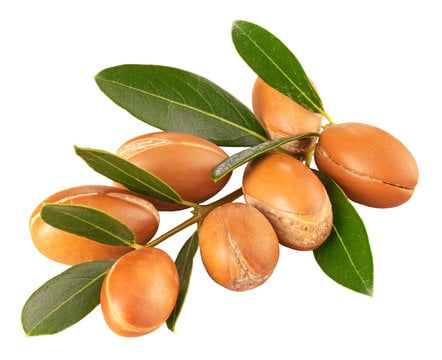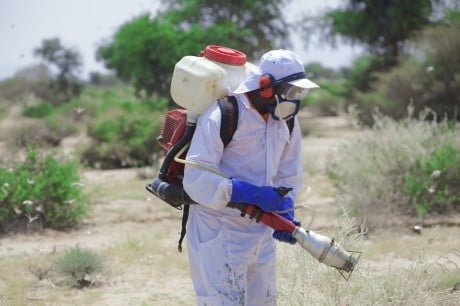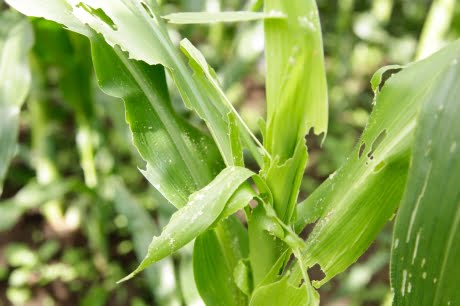They are in the lotion that keeps our skin smooth or the herbal tea we sip. They are waiting to be drizzled on salads or tucked into the daily food supplements we take. Wild plants are scattered throughout our everyday existence offering us food, oxygen and medicine. Globally, an estimated 3.5 to 5.8 billion people, across socio-economic groups and geographic regions, use wild plants, and one billion depend on wild foods for their livelihoods and food security.
Wild plants offer great economic and nutrition opportunities for these communities and for societies around the world. In fact, between 2000 and 2020, the global trade value of medicinal and aromatic plants alone increased by more than 75 per cent.
However, as with all of our natural resources, we need to keep an eye on sustainability. Two in five of the world’s plant species are at risk of extinction due to habitat loss, unstainable use and climate change.
We can address these risks through information and awareness. To this end, FAO’s new report, Wild Check: Assessing risks and opportunities of trade in wild plant ingredients, helps us better understand and support the responsible sourcing of wild-harvested plants. The report highlights just 12 of these plants, nicknamed the “Wild Dozen”, and offers ways that we can protect them.
Here are just five of these wild plant species hidden in plain sight:
1) Argan
Argan can be found in cosmetics, food and pharmaceuticals. Mostly used as an oil, its anti-ageing properties are popular for cosmetics, and its demand in the food industry has turned it into the most expensive edible oil in the world.
In southwest Morocco, renowned for its extensive argan forests, these trees provide economic opportunities for three million people most of whom reside in rural areas. Many of the harvesters are women who are part of the Amazigh indigenous nomadic minority. Supporting conservation efforts of argan trees can support livelihoods, particularly for these Indigenous women who have limited sources of income.
Even as demand for argan oil continues to rise, argan forests face persisting threats to its habitat area, due to deforestation, increased droughts and rising temperatures. FAO has designated the Ait Souab-Ait Mansour region of Morocco, a unique area where argan trees have been cultivated for centuries, as a Globally Important Agricultural Heritage Systems (GIAHS). This GIAHS designation is helping to support conservation while promoting its sustainable use for local economies.
2) Shea
Across Africa from Uganda to Senegal, shea nuts are collected and converted to shea butter, a cocoa butter equivalent. Shea butter is used widely in cosmetics and the food industry, in the manufacturing of chocolate as one example.
Supporting the sustainable use of shea and its conservation can protect ecosystems and improve livelihoods. In West Africa, for example, shea nuts are primarily collected and processed by women, contributing to the incomes of an estimated three million women.
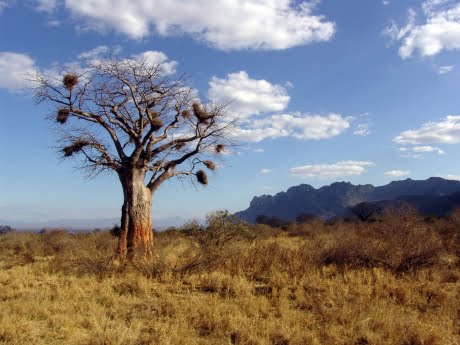
3) Baobab
Baobab fruit, rich in Vitamin C and fibres, is turned into powder and consumed as a food or beverage whereas its seed oil is added to cosmetics. In Africa, parts of the baobab trees such as the leaves and flowers are consumed locally, and the roots and bark are used for medicine.
Currently, changes in land use are a threat to the baobab tree species. However, when responsibly sourced, they can, not only meet its growing demand in the food and cosmetic industries but also support women who are vital in the production process of baobab. Conservation of baobab trees can also help protect a range of other species. These include bats and other pollinators such as the bluebottle fly and nocturnal moths which pollinate the baobab flowers.
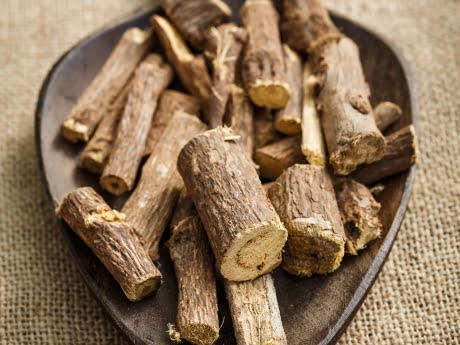
4) Liquorice
Liquorice is a wild species traditionally used medicinally or as a sweetener. Native to Eurasia, liquorice harvested from the wild most often comes from Uzbekistan and Azerbaijan. Rural communities depend on liquorice harvests for their livelihoods and therefore better resource management and sustainable sourcing are crucial. Due to land conversion, liquorice plants have declined globally. However, as it can regenerate easily through its roots and rhizomes, liquorice is less vulnerable to extinction than other wild pants. Liquorice plants can even help land restoration by improving soil nitrogen content.
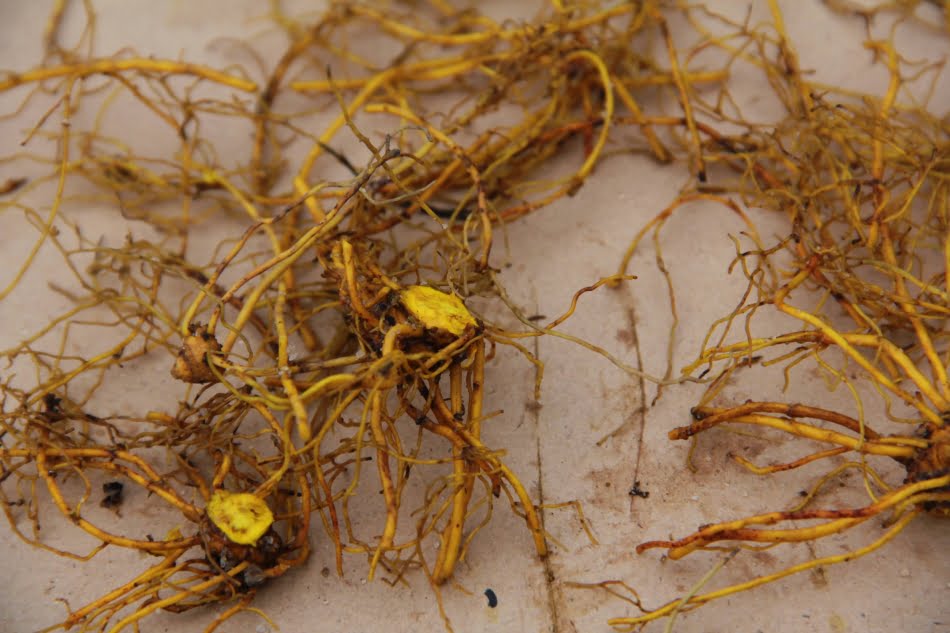
5) Goldenseal
Primarily used in medicinal products, the goldenseal plant is native to North America. Domestic and international trade of the goldenseal’s rhizomes and roots are either in whole or powdered form. The plant is both wild-harvested and cultivated.
Habitat loss, unsustainable wild harvesting and land degradation are amongst the biggest threat to this plant species. However, overharvesting of wild-collected goldenseal is of particular concern. Consumers should seek out cultivated plant options, as responsible purchasing decisions can support the sustainable use of goldenseal.
Despite their ubiquity and relevance to our everyday lives, many wild plant ingredients go unnoticed. So how can you help? Exploring and understanding the traditional uses of wild plants, such as argan and others in the Wild Dozen, can be a good starting point in the conversation. Get informed about trends in wild plant use and purchase certified products. This can help support broader conservation efforts. And, of course, spread the word!


